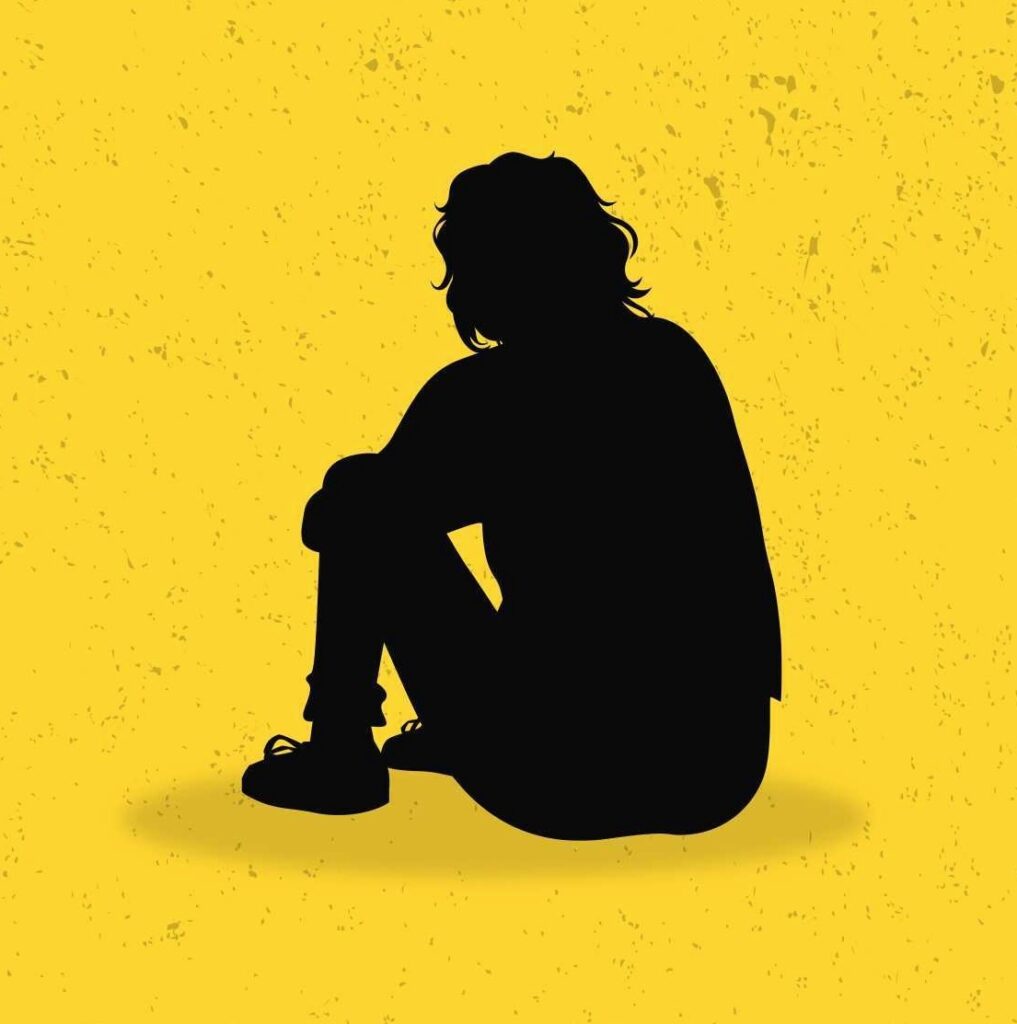Panic attacks occur when we have a powerful reaction to anxious symptoms and feelings. We add a lot of second fear, and, believing we are in grave danger, our sympathetic nervous system pumps out massive amounts of adrenaline.
This of course, ramps up our anxiety to an even higher level. Our symptoms rapidly become very intense to the extent we may fear we are dying, going crazy, or about to have a heart attack or stroke. The experience of panic is so frightening that we are terrified of the next one, and think there is no way we will ever recover.
Of course we can, but the aftermath of the attack leaves us shaken and scared, fearful of a repeat. Not having another panic attack becomes the most important thing we can think of. So, we become very vigilant for anything that might trigger another one. Anything that causes us to feel anxious becomes something threatening to us, and something to avoid.
Avoidance
The problem is, anxiety does not need an excuse to show up, and we may continue to get panic attacks no matter how much we try to avoid triggering them. The avoidance strategy doesn’t work. As long as we react to the panic attacks with fear, they will keep coming back.
One way of dealing with this fear of another panic attack is to try to avoid anxiety altogether. But of course, because we are sensitized, almost anything has the potential to make us anxious. This inevitably leads to us avoiding more and more places and situations.
Agoraphobia
The fear is overwhelming, however. And if we withdraw more and more anyway, our life shrinks until we may be unable or reluctant to leave our own home, our bedroom, or even our bed, and we have agoraphobia.

Even when we are able to venture out, we may be limited in how far we can go before the need to retreat becomes too powerful. We may do so only when accompanied by someone we trust – our safe person.
We may avoid going out in darkness, traveling on highways (motorways), or getting in any situation where we feel we could not quickly get medical help, such as elevators (lifts). Or we may need the reassurance of knowing where the nearest hospital is. In some cases, sufferers avoid crowded places, or sometimes open spaces.
Of course, it is very difficult to function effectively in life under these conditions, and so we may lose friendships, our jobs, our independence, and our ability to enjoy life.
The Way to Recover
Unfortunately, none of these efforts to avoid panic are successful. In spite of having done everything possible to avoid triggering another attack, inevitably they continue to happen. This is distressing, and leads to feelings of hopelessness, isolation, and despair – essentially an anxiety-related depression.
To recover, we must gradually reverse this isolation. We teach ourselves that we are not afraid of places, but are afraid of the anxious, panicky feelings we get when we leave our safe place. As we learn to allow ourselves to feel those feelings without adding second fear, we lose our fear of them, and gradually they fade away.
This sounds very simple, and it is. But it is not easy to do, and it takes time.
Having said that, I have no doubts this is the correct way to recover (perhaps the only way to recover permanently), and that anyone struggling with anxiety and panic attacks can recover this way.
The acceptance method developed by the late Dr. Claire Weekes is the blueprint for recovery from anxiety, panic attacks and agoraphobia.







